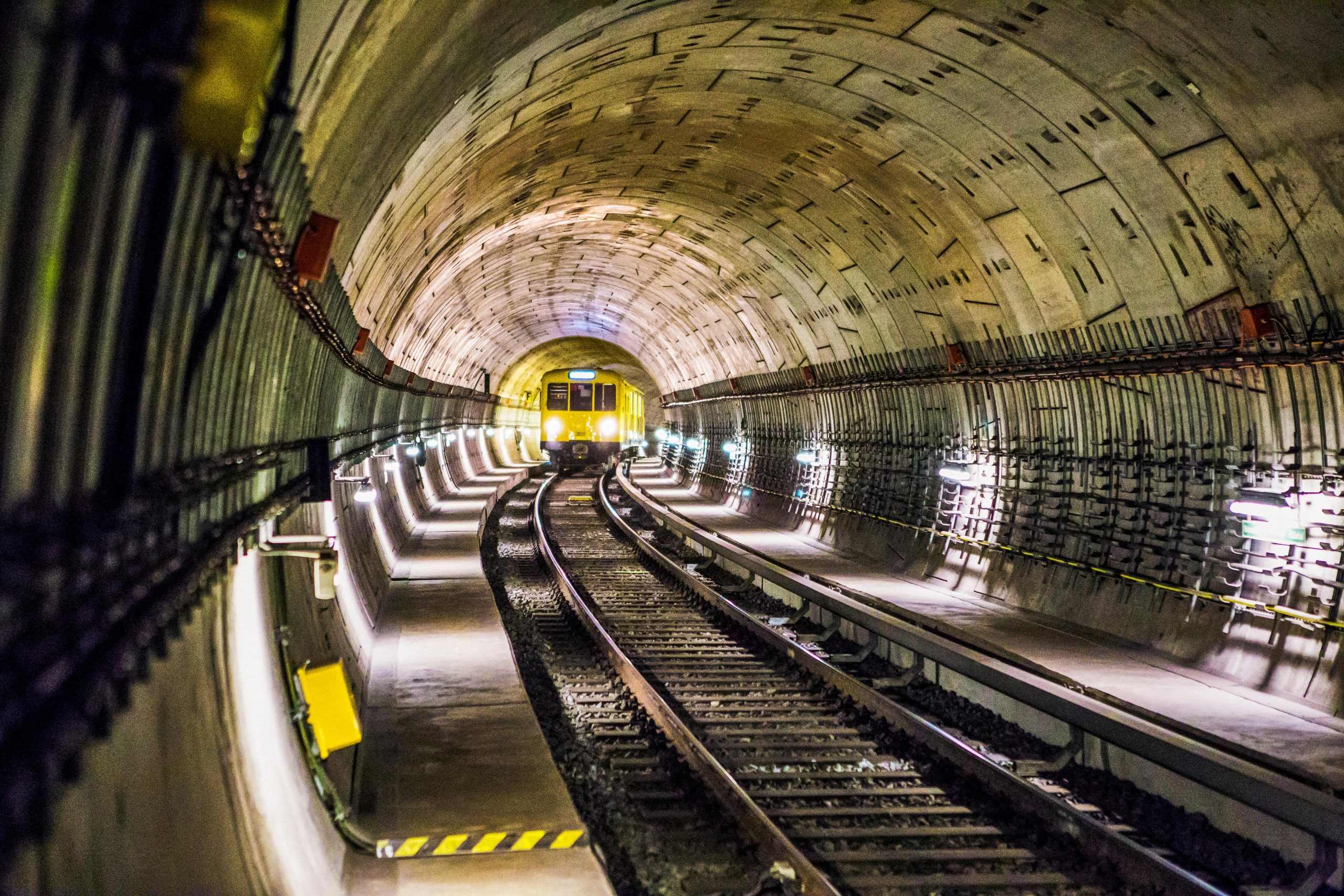Exploring London’s Underground: The Most Polluted Tube Line
Navigating London’s bustling underground network is an essential part of city life for millions. With its rich history and labyrinth of lines snaking through the city, the London Underground is a marvel of modern transportation. Yet, amidst the convenience it provides, there is an ongoing conversation about the cleanliness and air quality of its various lines.
One can’t help but wonder: Which of these iconic tube lines is the dirtiest and most polluted? This question sparks much debate among commuters and environmentalists alike. From the dust-laden tunnels to the air quality within the carriages, each line presents its unique set of challenges. Factors such as passenger density, the frequency of service, and even the age of the infrastructure all play a role in influencing these conditions.
As more attention shifts towards sustainable and healthier urban living, the need to address the cleanliness and air quality issues within London’s underground network becomes increasingly pressing. So, whether you’re a daily commuter or an occasional tourist, understanding which line tops the list of being the least pristine might just influence your travel choices—should you opt for a different route or take that extra moment to prepare yourself for what awaits below.
Join the conversation: Which tube line do you find to be the most affected by grime and pollution? Your experiences and insights could be integral in shedding light on this important aspect of urban commuting.


Insight on Improving Air Quality and Cleanliness on London’s Tube
As a London resident and daily commuter, I fully appreciate the challenges highlighted in this discussion. The underground’s aging infrastructure and high passenger density undeniably contribute to air quality issues. However, there are promising steps being taken and opportunities for further improvement:
Addressing these issues requires coordinated efforts between Transport for London, environmental agencies, and the commuting public. Awareness and proactive participation from residents can also pressure authorities to prioritize cleaner, healthier underground environments. Ultimately, investing in these updates can make our daily journeys not only more comfortable but also safer and more sustainable for everyone.